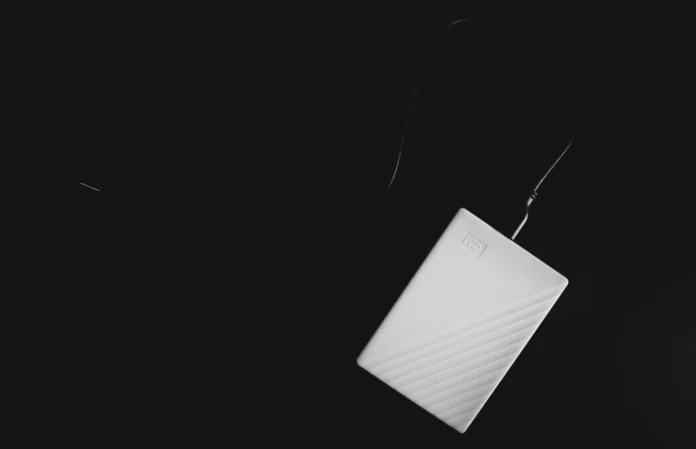exFAT is a hard disk format that is more suitable for video content than any other format. It’s a kind of combination of NTFS and FAT32. exFAT takes everything that is good about FAT32, such as compatibility and ease of use, and leaves out everything that was bad about it.
For example, 4 GB file size limit. Instead, it has very large file and partition size limits like NTFS, but no additional features to keep the file system slim.
How to explain main advantages of exFAT format over previous versions of FAT
The main advantages of this format over previous versions of FAT are:
- Reducing the number of overwrites of the same sector, which is important for flash drives, where memory cells are irreversibly worn out after a certain number of write operations. This is greatly mitigated by the wear leveling built into modern USB drives and SD cards.
- The theoretical limit for file size is 264 bytes, which is equivalent to 16 exabytes.
- The maximum cluster size was increased to 32 megabytes.
- Improved free space allocation by introducing a free space bitmap, which can reduce disk fragmentation.
- Support for access rights list introduced for better usability.
- Transaction support. This is an optional feature that is available only if it’s supported by the device.
The good thing about exFAT is that it’s a good option if you often work with both Windows and Mac computers. If you need to transfer files between the two operating systems, it’ll be less hassle since you don’t have to constantly back up and reformat them every time.
This format is also available on Linux, but you need to install the appropriate software to take full advantage of it. Unfortunately, exFAT doesn’t inherit all the compatibility benefits of FAT32, as it may not work with older devices such as the PS3 and Xbox 360.
However, it does work on current-generation game consoles such as the PS4 and Xbox One. If you’re looking for a hard drive above this format, then pay attention to the WD 3 TB My Passport Wireless Pro USB 3.0 external hard drive.
It’ll be a nice choice for you if you don’t want to bother yourself with the long search for the appropriate device.
How to explain main disadvantages of exFAT format
The disadvantages of exFAT are:
- Older versions of Windows NT, up to Windows Vista without Service Pack 1, don’t support exFAT. However, there are official updates from Microsoft which allow exFAT to run on Windows XP SP2 and later versions.
- Windows Vista isn’t able to use exFAT-partitioned devices under ReadyBoost. However, Windows 7 removes this limitation.
- The more complex structure, compared to FAT, causes more computational resource consumption.
- The number of files in subdirectories is limited to 2,796,202 (223/3). There is no limit for the root directory.
How to format on Mac
People also often ask about, how to format hard drives if something went wrong. In order to format everything to the right format on the Mac, you need:
- First, make sure that the external hard drive is plugged in and mounted on the Mac.
- If you’ve already written any data to the drive, and it’s valuable to you, back it up before you move on to the next step.
- After taking care of the files that are important to you, in the “Finder”, select the “Go” option. Then go to “Utilities”. This will open the /Applications/Utilities folder. You can also find the “Disk Utility” folder in “Spotlight” and click on it.
- If you followed the first path in the previous paragraph, then launch “Disk Utility”.
- Pay attention to the sidebar on the left: there you’ll see an external hard drive icon. Select it.
- From the available options, click on the “Erase at the top of the window” tab.
- From the “Volume Format” menu, choose “macOS Extended”.
- Enter the name of the external hard drive in the “Name” field.
- Click the “Erase” button.
How to format on Windows
In order to format everything to the correct format on Windows you need to follow these steps:
- First, connect the external hard drive to your computer.
- If you have already written any data to the drive, back it up before proceeding to the next step. This way, you won’t lose information that is valuable to you.
- Open Windows Explorer, click “Computer” in the sidebar and locate your driver.
- Right-click on the drive and choose “Format”.
- Under “File System”, select the file system you want to use.
- Select the “Quick Format” check box.
- Give a name to the hard disk in the “Volume Label” section.
- Click “Start” to format the drive.
- Once finished, remember to safely remove the external hard drive by first unplugging it.
If you’ll do everything in the right way, you’ll achieve your goal without any trouble.




